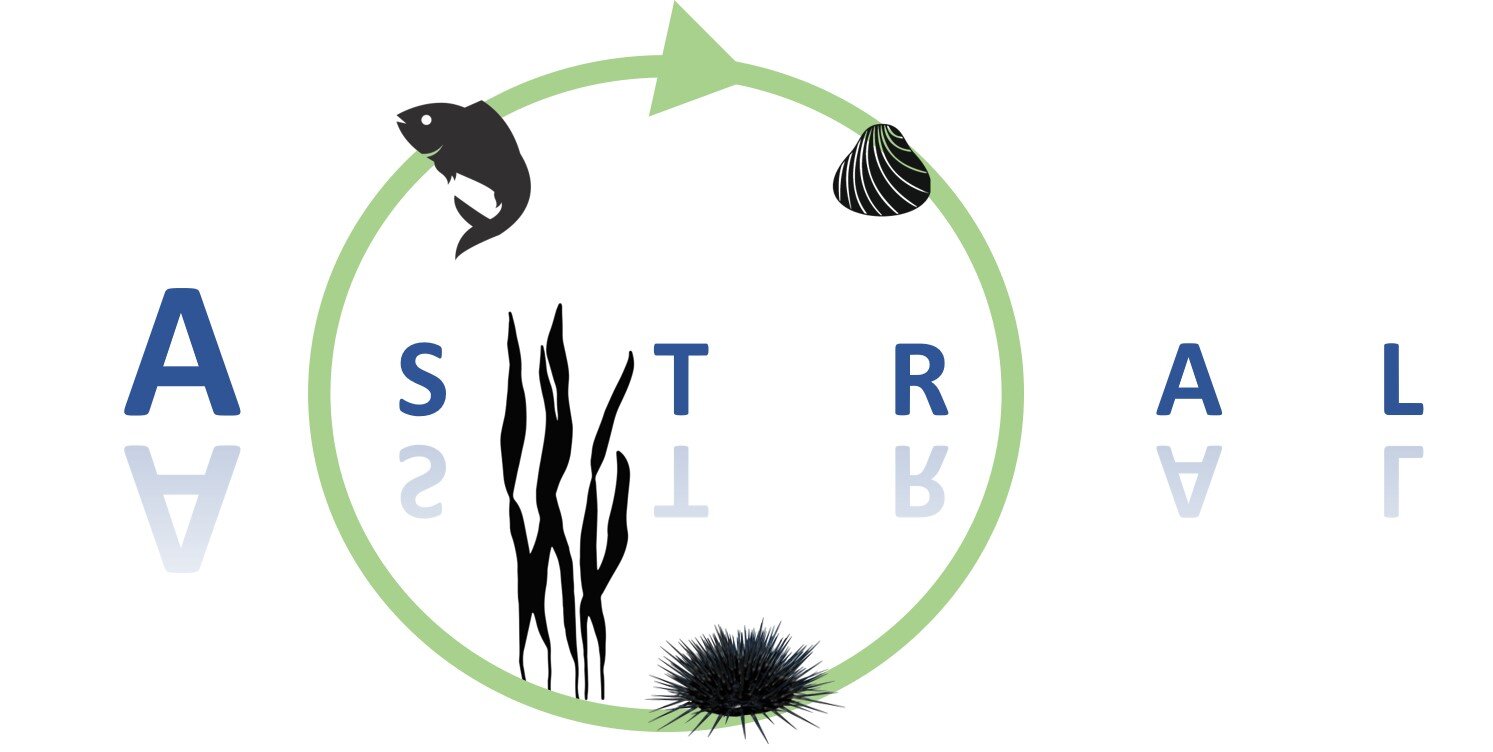We’re Building An Early Warning System to Limit the Spread of Harmful Algae Blooms Induced by Climate Change
Climate change is altering the physics of our oceans, rivers and lakes. It induces stress among certain species of fish and creates the environmental conditions for harmful algal blooms (HAB) to destroy habitats. Already, HAB are detrimentally impacting marine and freshwater locations across the world and threaten real economies as a consequence.
As part of our study, we want to create an early warning system to identify biotic and abiotic conditions that encourage HAB to develop.
To that end, case studies at all IMTA sites were conducted to determine the risk level and contributing factors of HAB events.
We also examined the future risks associated with climate change and subsequent HAB events that are likely to occur given the climate trends identified in T.5.1.
Based on these results optimal monitoring recommendations to minimise the impact of HABs at IMTA-systems were proposed.
Understanding the causes of HAB requires a multifaceted approach by integrating data from chemical, physical and biological parameters. Identifying all the different abiotic and biotic causes involved in HAB formation can provide a better understanding of the IMTA site's vulnerability to HABs.
This data was supplemented with a case study testing the suitability of using earth observation data at a regional scale for HAB monitoring at an IMTA lab in South Africa.
This was further supported by a survey conducted among the 5 IMTA sites to gain a better understanding of HAB occurrence, abundances and parameters used to monitor HAB.
These case studies increase our understanding of factors controlling HAB, their likelihood and their possible impact on the various IMTA facilities.
Several factors favouring HABs have been identified with stratification and eutrophication playing an important role.
Nutrification occurs from a variety of sources such as from agricultural and urban waste. Ratio and organic forms of the nutrients all affect which algal species become dominant in large detrimental blooms.
The impact of these harmful blooms can be further exacerbated by wind, waves and currents which transport blooms to new areas. One way to mitigate the potential impact of these blooms is to improve their early detection.
A list of site-specific HAB-related variables and parameters to be monitored was developed and is currently being tested at the various IMTA labs.
Regardless of the IMTA system used (on-shore, off-shore, open or closed systems), all facilities have a robust monitoring system in place with nutrient, salinity, temperature, Chl-a, and harmful phytoplankton cell counts being the most common parameters measured. We are working together with WP2 on the development of a variety of sensors which will further increase our understanding of bloom dynamics.
Blooms are highly spatial and variable, even at a local level, environmental features can lead to differences in HAB dynamics. This further stresses the importance of not only continuing monitoring but also integrating the various methods and building predictive tools.
Increasing emphasis needs to be given to techniques such as remote sensing and satellite data which can aid in predictive modelling of blooms.
Author: Francisca Vermeulen, PDRA Algal Biotechnology, Scottish Association for Marine Science
Photo credits: Francisca Vermeulen, Various phytoplankton species found in Scotland

